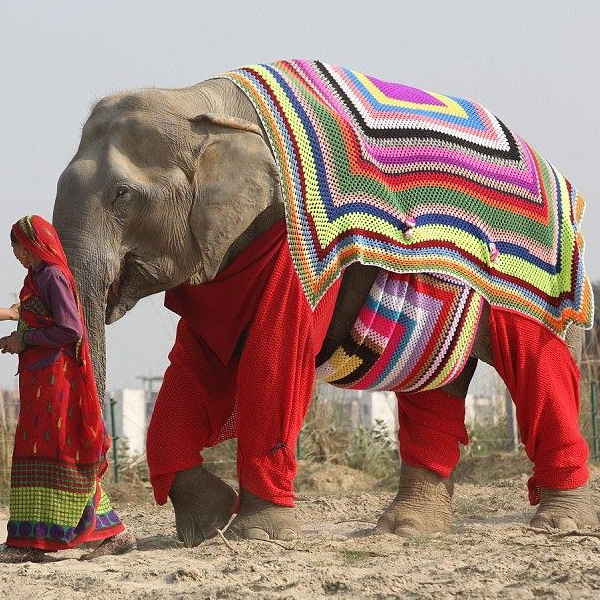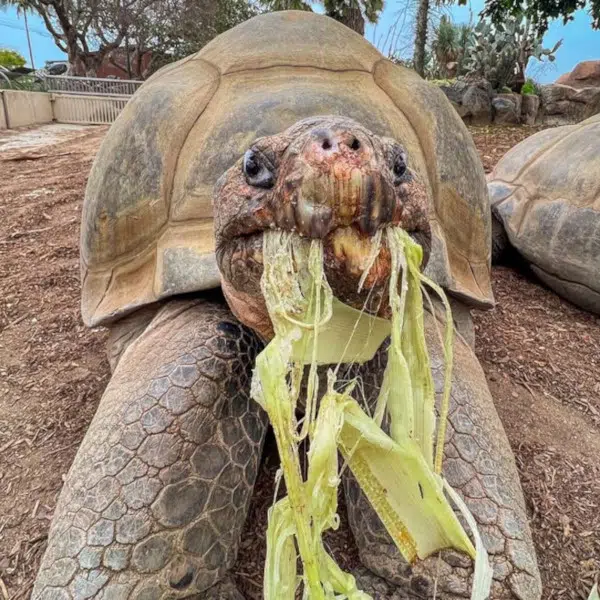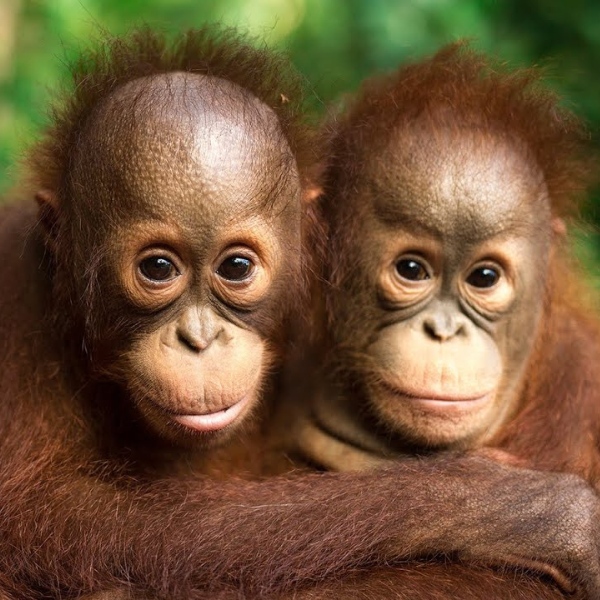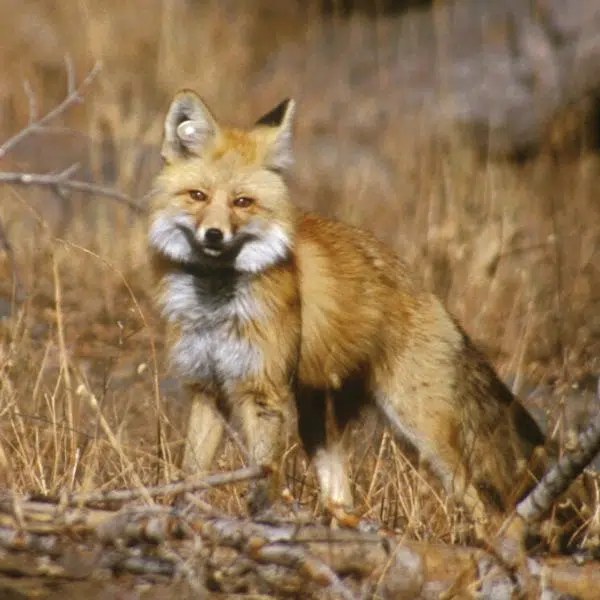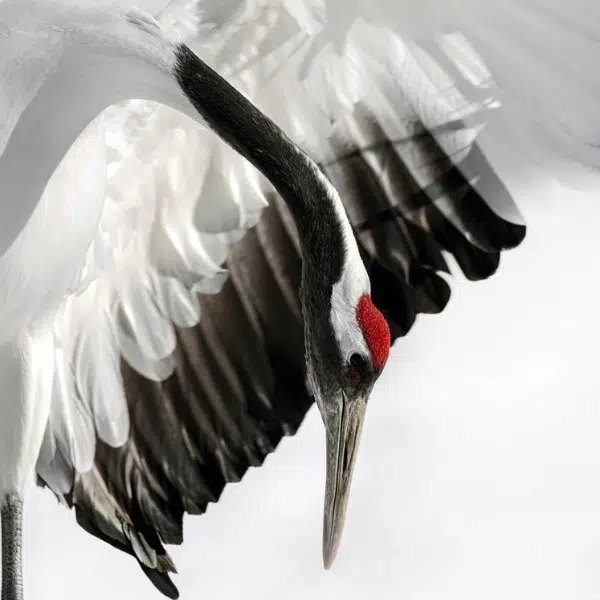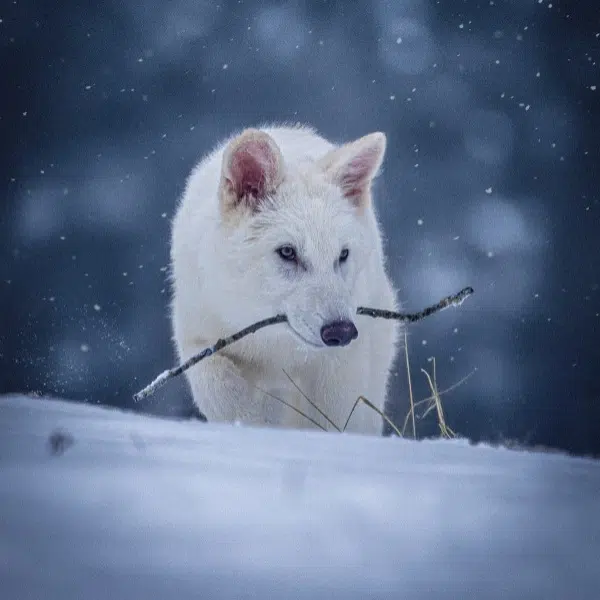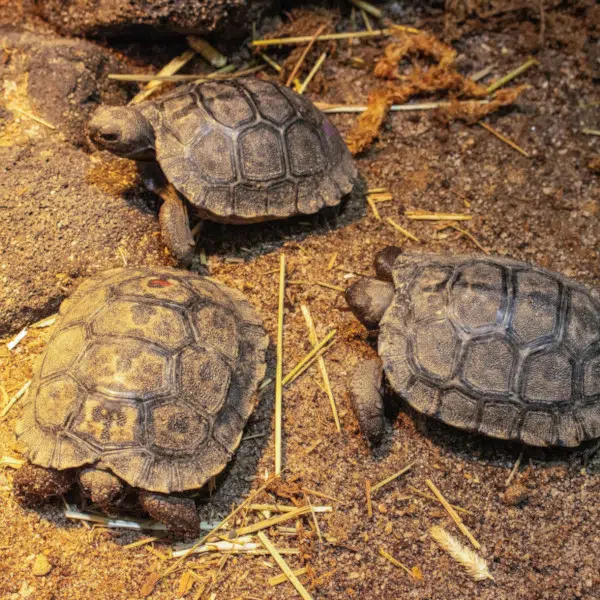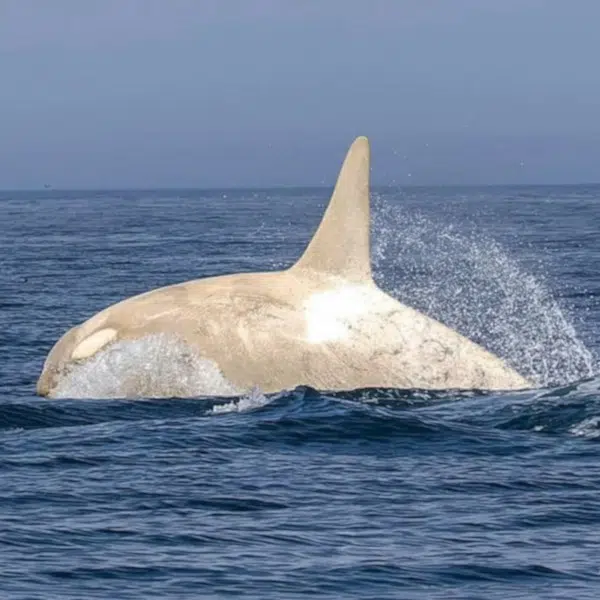
The dominant silverback Musilikale with his two brothers Icumbi and Turakomeje, who help him keep his group of 22 gorillas safe. (Photo: Dian Fossey Gorilla Fund)
Silverback mountain gorillas are powerful creatures. Typically, one adult male leads a band of females and juveniles. Males without a flock of females travel alone or form small groups together. It is relatively uncommon for these family bands to include multiple adult males; however, one group in Rwanda is a heartwarming example of brotherly love. The family band is led by the dominant male Musilikale, but his two loyal adult brothers Icumbi and Turakomeje stay by his side to help keep the family safe. Studied and protected by the Dian Fossey Gorilla Fund, this band of brothers has captured hearts with their playful antics.
The Dian Fossey Gorilla Fund was established in 1967 by Dian Fossey. The organization is dedicated to conservation through research, training local conservationists, and forming ties with local communities. They protect mountain gorillas in Rawanda and Grauer’s gorillas in the Democratic Republic of Congo. Both species are incredibly endangered, so the organization has trackers and researchers who follow the gorilla groups every day. These protective efforts are labor-intensive but effective. The mountain gorillas are used to human presence, allowing researchers to better observe their social interactions. The Grauer’s gorillas must be followed at a distance however.
The trackers and observers who follow the mountain gorilla families have captured many sweet images of the social creatures. In Musilikale's family, the three brothers lead 22 female gorillas. Icumbi and Turakomeje help their brother protect the group as it travels in search of food and nesting grounds. These two are particularly bonded, the researchers report. They nap and play together even though they are all grown up. Meanwhile, their brother Musilikale leads his group of bonded females which he will defend with his life if necessary. Male gorillas can make sweet fathers—playing with juveniles and even letting them sleep in their nests if something happens to the mother.
Unfortunately, gorillas are in incredible danger. The mountain gorilla population is endangered and thought to be just over 1,000 individuals. They are threatened by poachers, habitat loss, and traps set for other animals into which they stumble. Grauer’s gorillas–also known as eastern lowland gorillas—are considered critically endangered with an unknown, small population. Loss of habitat and extreme vulnerability to poaching are just some of the threats the species faces. Supporting the Dian Fossey Gorilla Fund is one way to help fight for these incredible creatures. At present, they are building a new Ellen DeGeneres campus in Rwanda to expand their work. Animal lovers can also adopt a gorilla by choosing their favorite from a range of available babies and adults. Adopters will receive special images of their sweet new friend and have the satisfaction of helping protect this vulnerable species.
The Dian Fossey Gorilla Fund protects vulnerable mountain and eastern lowland guerrillas.
🚨 SWIPE to see more 🚨 Update on the gorillas: Ucumbi and Turakomeje are probably the most bonded silverback brothers that we monitor! Even as adults, they still like to play! After a good nap, we caught them wrestling!
📸: Thadee Muhire pic.twitter.com/eknqgVkEXL
— Dian Fossey Gorilla Fund (@SavingGorillas) May 22, 2021
This family band is rather rare for including three silverback brother's who are quite bonded.
Update on the gorillas: Some family bonds are stronger than others! Icumbi and Turakomeje, sons of Cantsbee and Mahane, are very close with each other and provide great support for dominant silverback Musilikale and his group.
📸: James Munyawera pic.twitter.com/YUlsZJANrc
— Dian Fossey Gorilla Fund (@SavingGorillas) May 15, 2021
Dian Fossey Gorilla Fund: Website | Instagram | Facebook | Twitter
My Modern Met granted permission to feature photos by Dian Fossey Gorilla Fund.
Related Articles:
Giraffes Left Stranded by Flooding in Kenya Are Dramatically Rescued by a Special Barge
Tasmanian Devils Are Born on Mainland Australia for the First Time in 3,000 Years
Giant Tortoise Believed to be Extinct For 112 Years Found on Galápagos Island
5 Critically Endangered Species and How You Can Help Protect Them












































































